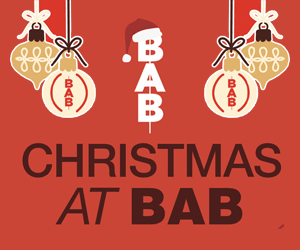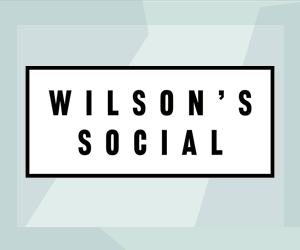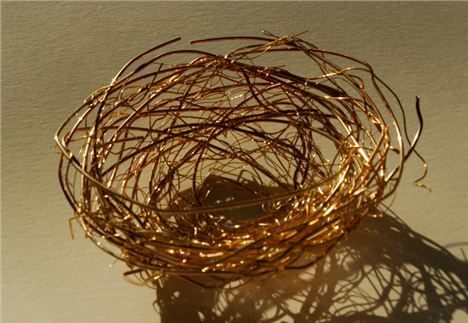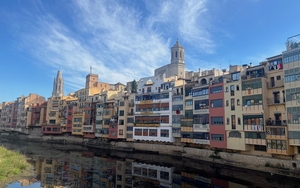FIONA Heron’s exhibit ‘A Natural Selection’ opened at the beginning of this month within the secluded and noble surroundings of the Portico Library and Gallery. The collection of sculptures, framed three-dimensional work and photography gives voice to the artist’s enduring interest in the indivisible symbiosis between the worlds of art and nature cultivated by her dual background in biology and design.
Heron's deft utilisation of the library’s exquisite decor is a successful manifestation of the artist’s desire to always be ‘enfolding art within context’.
Heron’s work is seamlessly integrated into the otherworldly scholarly environs of the old library that dates from 1806 and boasts works by Dickens and Gaskell amidst its shelves. The circumambient bookshelves, dignified and drenched in history, with sections such as ‘Polite Literature’, are reflected in Heron’s decorous natural creations that are not so much inspired by nature as directly deriving from it.
Heron's deft utilisation of the library’s exquisite decor is a successful manifestation of the artist’s desire to always be ‘enfolding art within context’. Seated alongside her butterfly cut outs, which evoke the fragility of dying leaves, is a Children’s Encyclopedia opened to a section on the art of miniature pictures.
Similarly, within the frame of her sycamore leaf sculptures, pinned to the board in homage to traditional natural exhibits, sits a page from an archaic textbook extolling the grace of the dragonfly. The slight maladroitness of her approach is assuaged by the surprising beauty of the encyclopedia entries themselves.
The larger of Heron’s natural pieces such as her elegant reed sculptures, made from rusted steel and glass, most artfully express the sentiment that the man made and the natural exist on a continuum rather than at a juncture.
As a natural extension from this is Heron’s belief in the inextricable union of art and science. Pieces such as her ‘Modulation’ series present natural elements such as leaves and pinecones in evocative patterns. At first the placement of the elements seems sporadic but when considered in context they clearly represent the underlying essential patterns of nature. It is these works which most effectively convey Heron’s scientific approach to art.
In certain instances Heron does labour the point. ‘A Natural Selection’, for example, features a collection of organic elements encased within test tubes. Although this is consistent with her view of art and science as being inseparable, this heavy-handedness undermines the subtlety she has achieved in her other work.
 'A Natural Selection' by Fiona Heron
'A Natural Selection' by Fiona Heron
The ‘Man’ sculptures which consist of mirrored surfaces cut into the shape of a figure contribute little to the exhibition. These three pieces are simply an unnecessarily reworking of a tired metaphor.
The photographs which are unceremoniously placed on a rack in the centre of the exhibit contain some worthy studies of the artificial and the natural, albeit in a considerably different tone to the rest of the work. In a collection which places as much emphasis on context as this one does, however, these prints would have achieved greater effect displayed alone.
This understated and thoughtful exhibition is a perfect addition to the hidden gem that is the Portico Library & Gallery. Fiona Heron’s work at its best is touching and intelligent as she advances her art through a process of heterosis; blending literature, multiple disciplines of art and the beauty of science to complement the surroundings of the magnificent Library.
‘A Natural Selection’ is open free of charge from Monday to Friday between 9.30am and 4.30pm at The Portico Library and Gallery, 57 Mosley Street. You have to ring the bell and take the stairs from Charlotte Street to gain entrance.
Follow Alex on Twitter @AlH_HlA
















